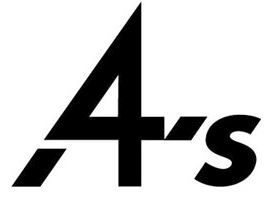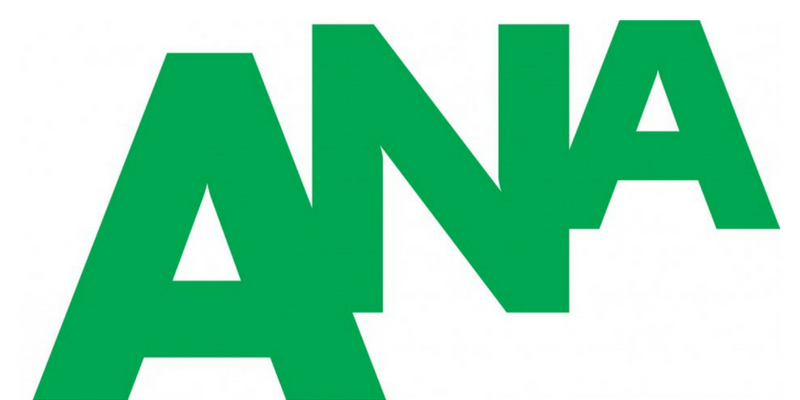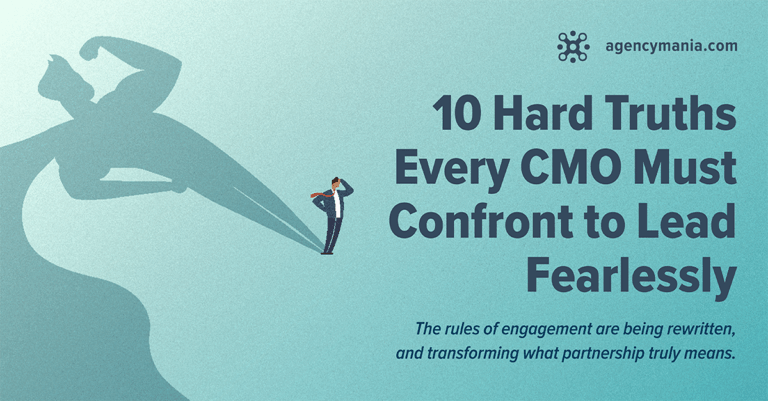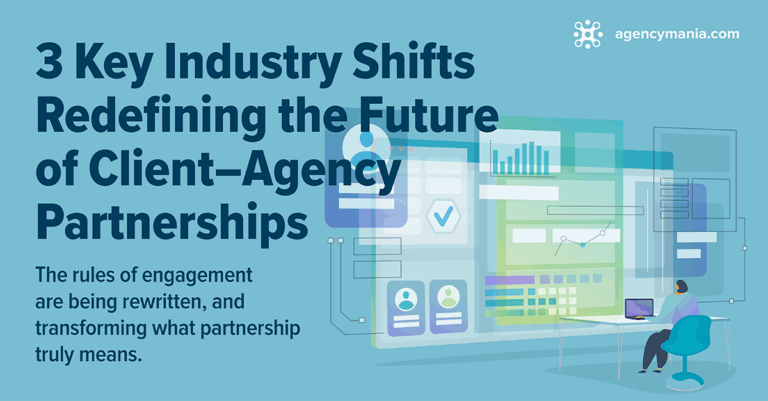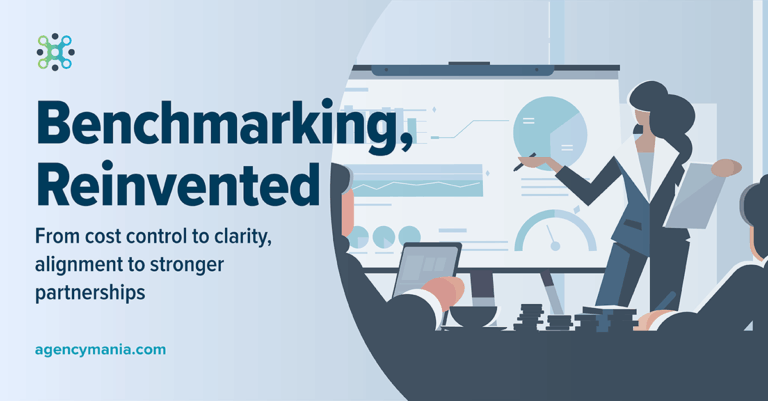The Hidden Gem:
There have been many stories in the past few years about long-term client/agency relationships ending abruptly: Kellogg Co. moved its creative duties for Special K to JWT, replacing its long-time agency of 65 years Leo Burnett (although the agency retained some work). Target Corp. transitioned its media and planning business to GroupM from Minneapolis-based Haworth Marketing & Media after working together since 1970. And as recently as last year, Campbell Soup Co. selected Publicis Groupe, ending a relationship with BBDO dating back to 1954. The same year, Dunkin’ Donuts picked BBBO as its creative agency of record, replacing Hill Holiday, the brand’s agency since 1998. The list goes on with big brand names like Land O’Lakes, McDonald’s, Manulife, Olive Garden, Accenture, Southwest Airlines, American Airlines, Volvo Cars, Energizer Holdings, Disney ESPN, and BMW, just to name a few, also ending decades-long relationships with agency partners. In advertising, when it rains, it pours in biblical ways.
In this fast-moving, cutthroat, demanding environment, advertisers have been switching agencies at a faster pace than ever before. Loyalty has become a forgotten word in a tough world. And we are surprised that trust between clients and agencies is at its lowest levels ever. Would you trust someone you just met? In some unfortunate way, advertisers are getting quite good at it; they have mastered the process of ending relationships and starting new ones. They somehow convince themselves that their agency is the weak link as they struggle to drive growth or get the results they expect. In the process of building that muscle, they atrophy another far more valuable one: the skills required to build sustained relationships and be a good partner to their agency.
How clients benefit from long-term partnerships
Are we simply confusing complacency with inefficiency? It seems that long-term relationships can eventually fall into an unwanted state of complacency. This scenario is quite possible, especially if the relationship is not being evaluated on a regular basis in order to course-correct any potential shortcomings. Long-term partnerships benefit clients in the following ways:
- Leadership and knowledge accessibility (aka strong company and business expertise): the institutional knowledge built with a client is passed on over time from team to team, allowing the agency to be a valuable advisor and a vital source of company and business information for new client teams. Time-saving and problem-solving type activities are greatly enhanced, as is overall perspective, when teams have an intimate knowledge of the business, the client’s history, and some background on what historically has worked and what hasn’t.
- Team optimization (aka more effective collaboration and improved engagement): the ability to work efficiently is greatly enhanced when both parties are intimately aware of protocols and operating guidelines that speed up go-to-market and make collaboration more effective as well. There are fewer delays, less rework, and less frequent or systematic issues. People know to avoid land mines. Workplace morale is strong. People become more comfortable as well, and are more likely to push and challenge each other more as a result, which translates into better work output and outcomes

- Productivity (aka higher output and resource utilization): like any well-oiled machine, teams produce better outputs when they have extensive experience working together. They also use their time and resources more effectively, avoiding waste and duplicative efforts. Communication improves. Less time is likely to be spent on less critical or low value-add activities. In a trusted relationship, less energy is spent on providing data to justify the time or effort involved.
- Cost efficiency (aka reduced turnover expenses, onboarding, and training time/resources): long-term relationships make hiring and retaining agency staff much easier for agencies. As turnover is significantly reduced, onboarding and training costs are significantly lower. A stronger sense of belonging and community is likely to develop as well. Seeing more long-term success and payoff for the hard work builds strong ties and reduces turnover.
There are many other benefits of long-term partnerships: from soft benefits like trust, improved compliance, and operational excellence, to more quantifiable benefits like productivity gains, reduced costs, and improved work output.
The science of quantifying client value
You’ve heard the expression, “Not everything that can be counted counts, and not everything that counts can be counted.” There are many data points one can use to quantify the value of long-term relationships to brand advertisers. But which ones are the most relevant?
The HR industry has used many methodologies to calculate the value of retention among internal staff. The principles used can be easily applied to external talent resources like agencies. Some studies show that the cost of replacing staff can be expressed as a percentage of their annual salary, with some consideration to the seniority: entry level (40%), mid-level (150%) and senior level (400% of their annual salary). Using this methodology and assuming a 20%/60%/20% split between entry level, mid-level and senior level, at a $5M annual retainer (including direct labor, overhead and profit), it would cost the advertiser as much as $3.8M in replacement costs.
In the client/agency relationship case, advertisers must also factor in the costs associated with the agency search process itself, whether it is handled by a search consultant or done internally. These replacement costs also include onboarding resources, ramp-up time, the impact on the work itself (work delays, productivity loss), not to mention the potential for a new relationship to fail once more. The outcome is always uncertain. What is certain is that the costs are significant.
Clearly, if you are to compare these costs to the ones associated with the deliberate process of evaluating the client/agency relationship, say semi-annually, to continuously improve the relationship and the work output, it sure seems like a drop in a large bucket. We are talking about a multiple of 25, based on average agency client/agency evaluation costs and a $5M retainer as shown above. Both parties must simply be incented to work on improving what doesn’t work.
Don’t get me wrong. An agency review that leads to a roster change is not always bad. Keeping an agency that isn’t the right fit is a bit like a high retention rate among low performers. It’s not where you want to be. A bad relationship is one that fails to deliver quality work consistently, keeps falling short of meeting expectations, lacks ideation or innovative thinking, and is stuck in excessively rigorous ways of doing the same thing over and over. If despite many genuine efforts it doesn’t improve, then it’s best that it comes to an end sooner than later. But not until everything has been done to course-correct it on both ends.
How to avoid short-lived relationships
In a prior article, I shared this concept of the “Client/Agency Loyalty Matrix” (see chart). Partnerships require a commitment to accountability, not only to the relationship, but to work performance and measurable results. If accountability is low between the client and the agency, new relationships are immediately questioned and unlikely to grow and last. Similarly, if the accountability is low, long-term client/agency relationships fall into a state of complacency: the relationship is suddenly at risk, until a review determines the fate of the incumbent agency. If accountability is high – both the client and agency are accountable to each other, and a real opportunity to build a long-term partnership emerges. They share accountability for how they work together, the values they embrace, and the expectations they set for their respective organizations. They also share accountability for business and marketing performance; then and only then can loyalty truly flourish and tangible value be realized. That often requires leadership and commitment at the C-suite level on both sides. Business is too competitive not to have motivated and passionate agencies working on your business. There are over 4,000 minerals on earth. There are as many – if not more – agencies out there. But advertisers are not mining the marketplace looking for minerals. They want that very special and unique gem that creates unmatched value.
By: Bruno Gralpois, Co-Founder & Principal, ANA Faculty
Download a Print-Friendly Version Here
Published on June 15, 2019

